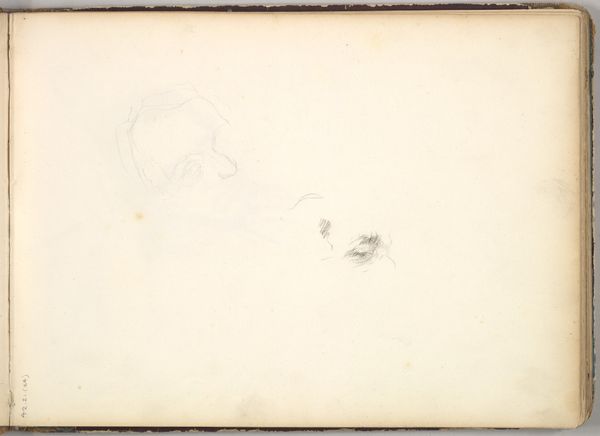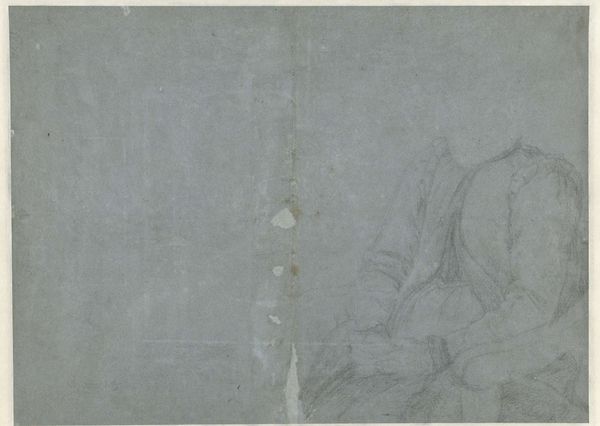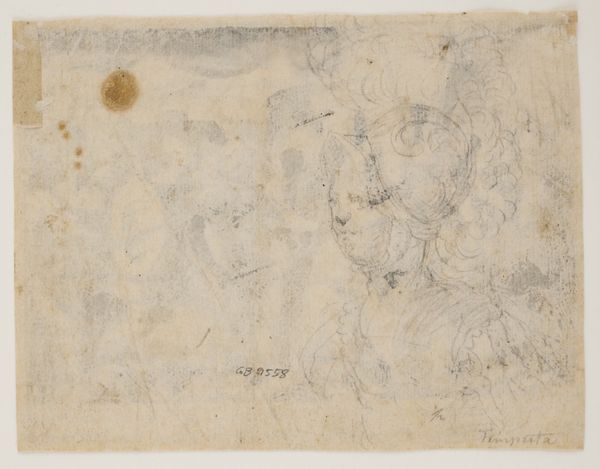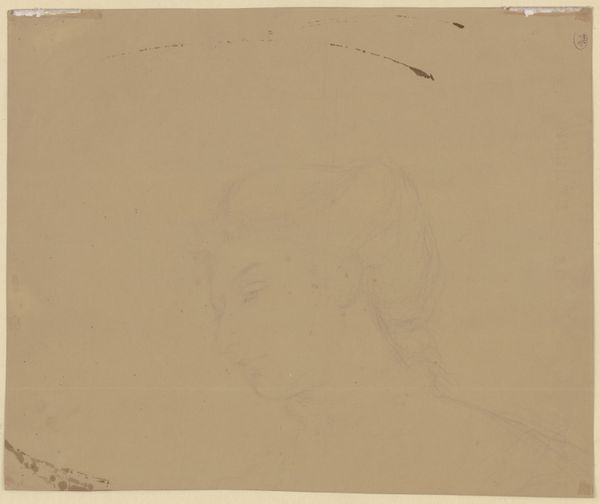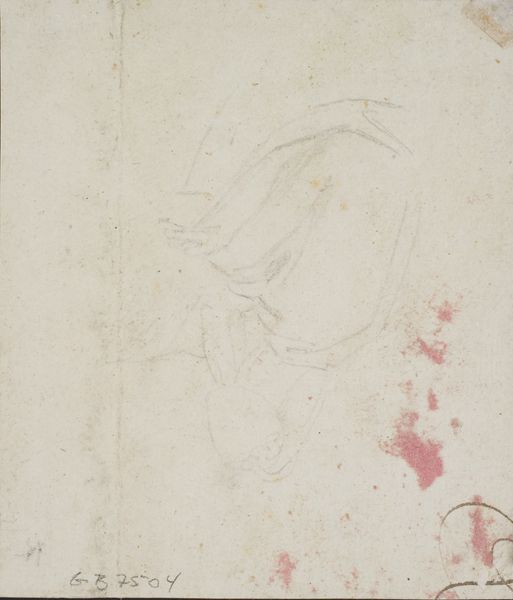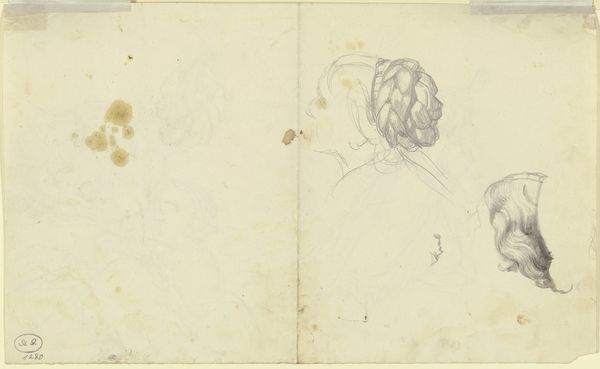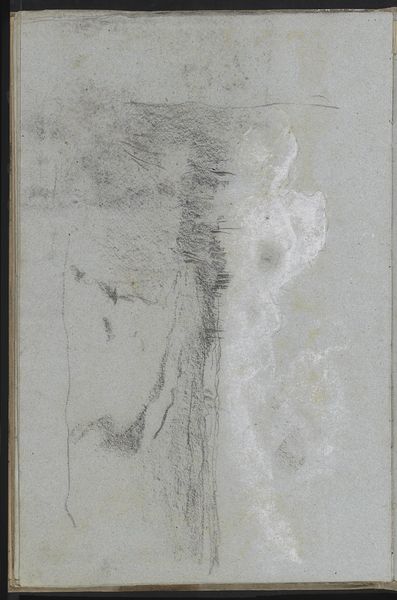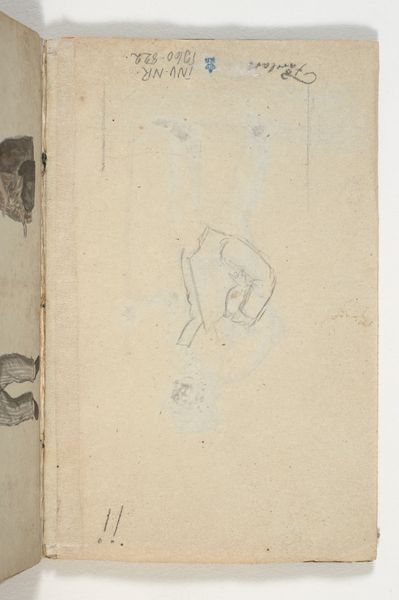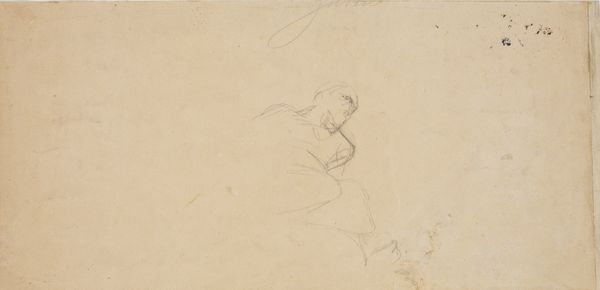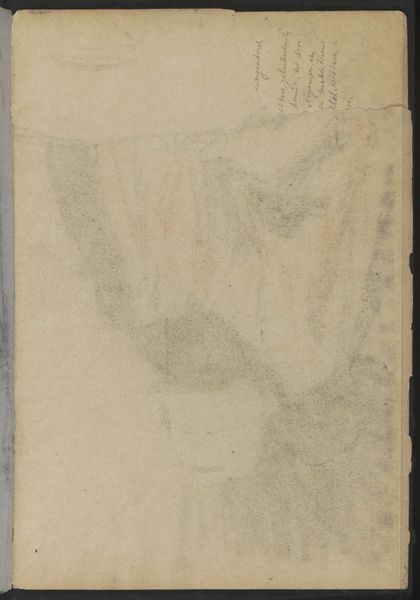
drawing, pencil
#
portrait
#
drawing
#
pencil
#
line
Dimensions: 445 mm (height) x 600 mm (width) (bladmaal)
Editor: This pencil drawing, "To ansigter i profil mod venstre," made sometime between 1778 and 1809 by an anonymous artist, shows two faded faces, almost like ghosts on the paper. What strikes me is the visible aging and the simple nature of the lines used. How do you read this piece? Curator: I’m interested in the act of drawing itself here. The pencil, a relatively accessible material even then, allowed for quick and easily reproducible images. Consider who would have been employing pencil in this manner and what socio-economic strata this artwork originates from. Editor: So, it's less about the finished product and more about the artistic method? Curator: Exactly. The use of pencil invites questions about the accessibility of art production, not just consumption, at the time. The 'line' style—economic and quick to execute—challenges established norms of high art. And given the apparent haste or lack of refinement, could this drawing be linked to social commentary or even political caricature circulated informally? What can the state of the paper itself, the wear and tear, tell us? Editor: That's fascinating. I hadn't considered the social implications of simply *choosing* pencil as a medium. Is there more beyond pencil at play? Curator: Look closely. How might paper quality and production affect our perception of the work? Does its deterioration affect how we value it now compared to its original intention? Does the fading suggest intentional or unintentional commentary? It opens a critical dialogue regarding how value is constructed within the art market based on the means of creation. Editor: It really does make you think about art-making from a totally different angle. Focusing on what the work is *made* of instead of just what it depicts. Curator: Indeed. By focusing on material conditions and production, we challenge traditional art-historical narratives centered on individual genius and begin to unpack art's relationship with larger social and economic systems.
Comments
No comments
Be the first to comment and join the conversation on the ultimate creative platform.

